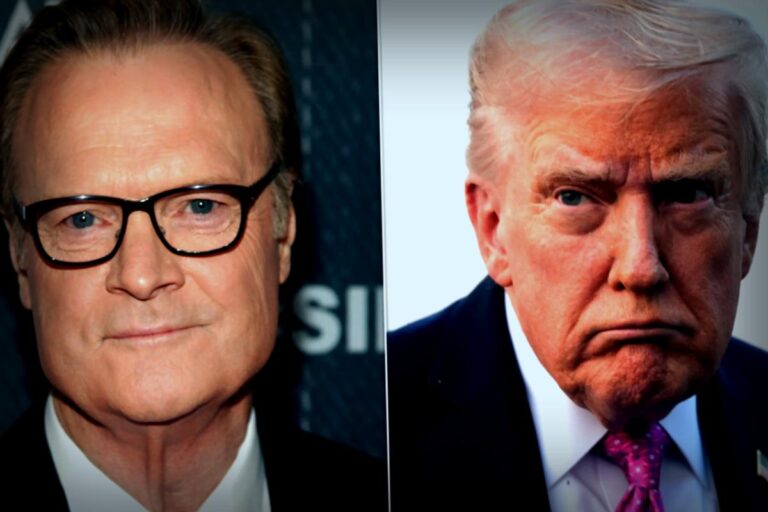The Federal Reserve’s newest member seems to see the US economy through a distinctive lens, yet many are finding it hard to accept his views.
In September, President Donald Trump appointed Stephen Miran, a prominent economic adviser, to fill a temporary vacancy on the Federal Reserve’s Board of Governors. Since then, Miran has participated in two policy meetings and managed to stand apart from the consensus of most Fed officials both times.
At the Fed’s meeting in October, while most officials opted for a quarter-point interest rate reduction, Miran stood firm in advocating for a larger half-point cut, sticking to his guns just like he did in September.
Proving he’s made for more than just meetings, Miran jumped right into the spotlight, speaking at over a dozen events and interviews within his first month—a pace rarely seen from new Fed officials.
Much like Trump, Miran has been calling for tough interest rate reductions, arguing that borrowing costs are squeezing the economy harder than most realize. He predicts that “significant disinflation” is on the horizon, saying his views are “out of consensus.”
In a Wednesday chat with Yahoo Finance, he reiterated his stance, but not everyone in the financial community is onboard with his economic strategy.
“I wouldn’t describe his remarks as ludicrous,” commented David Seif, chief economist for Nomura. After a discussion led by Seif with Miran in Washington, he noted the real debate centered on the inputs influencing Miran’s economic models, and these inputs are a contentious topic.
“Only time will reveal whether he’s correct,” Seif remarked.
The Case for Rate Cuts
Miran believes aggressive rate reductions could be necessary based on his interpretation of Trump’s sweeping economic agenda and his expectation that Trump’s tariffs might not trigger inflation.
During his inaugural speech as a Fed governor, Miran elaborated on how Trump’s policies could be driving down the “neutral rate of interest”—the level at which borrowing neither encourages nor limits economic activity.
He pointed out the administration’s tough stance on immigration and highlighted Trump’s notable tax and spending initiatives as well as his imposition of tariffs.
Miran contends that the Fed still has work to do to adjust rates to a more neutral position, moving quickly is key.
“Prolonged tight policy runs the risk of pushing us into a recession,” he told The New York Times in a November 1 interview. “If I’m not worried about inflation going up, why take that chance?”
Furthermore, he argues that high deportation rates could relieve some strain on the housing market, leading to lower rates and a resultant “significant disinflation.” He also tends to downplay the impact of tariffs on consumer pricing.
Facing Opposition
Miran, who holds a PhD in economics from Harvard, still commands respect among economists, but his theories are not without rebuttal.
Former Treasury Secretary Larry Summers criticized Miran’s opening speech as a Fed governor, calling it “analytically weaker than anything I can recall being presented by a Fed official at the New York Economic Club.”
Wall Street analysts have also expressed skepticism regarding Miran’s assertions. JPMorgan’s chief US economist, Michael Feroli, noted in a September client note, “Some of his arguments raise questions, while others feel incomplete and few come across as convincing.”
It seems Miran’s unconventional economic logic hasn’t won over his colleagues in the rate-setting committee either. Though he aligns with other Trump appointees on fears of a distressed labor market, neither Christopher Waller nor Michelle Bowman supported his recommended half-point cut or echoed his sentiments about lower neutral rates.
Additionally, Fed Governor Lisa Cook recently addressed how changing immigration could affect housing inflation—the core of Miran’s economic rationale—and subtly dismissed his interpretation, stressing the labor market’s critical role concerning immigration policy.

















